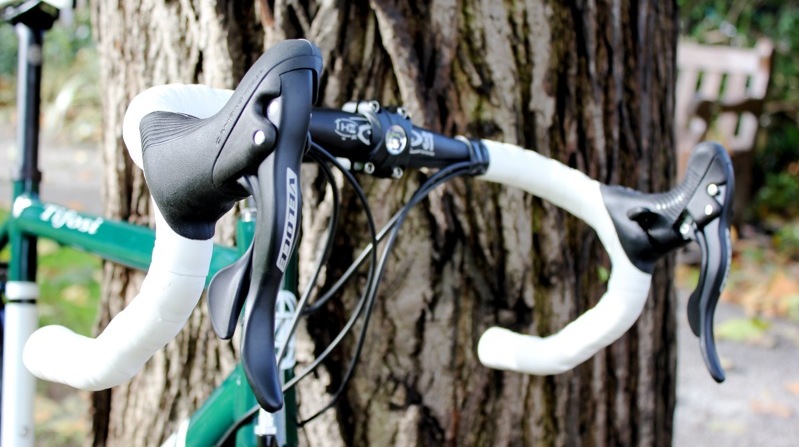When you first swing your leg over the saddle of a road bike, the rush of speed that comes from handling such a light weight nimble machine can be exhilarating. However, though it really is ‘as simple as riding a bike’ one of the things that beginners struggle with is how to use the gears efficiently.
The good news is that though the swanky levers might seem confusing at first, they’ll make perfect sense in no time. Here are a couple of easy errors to avoid to help you get to grips with the system quickly…
Worrying about what does what

There are three key shifting systems: Shimano, SRAM and Campagnolo. In each case, the levers work differently – we’ve got a guide to which way they need to be poked and prodded to increase or decrease resistance here.
Of course, it makes sense to read up on how your gears work before you get out on the road, and to have an understanding of what the levers do. However – it’s all too common that beginners get themselves in a bit of a tiz over what does what. The best way to get to grips with your gears is practice. Before you head out to hilly terrain, ride around the block, and practice shifting up and down. If you end up shifting the wrong way it won’t be a problem as you’ll be on a flat road. Keep going until the penny drops – and it will – eventually shifting will be second nature.











